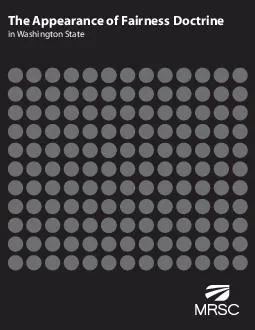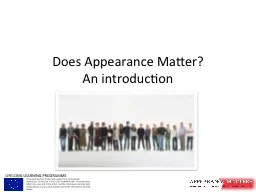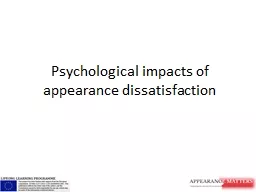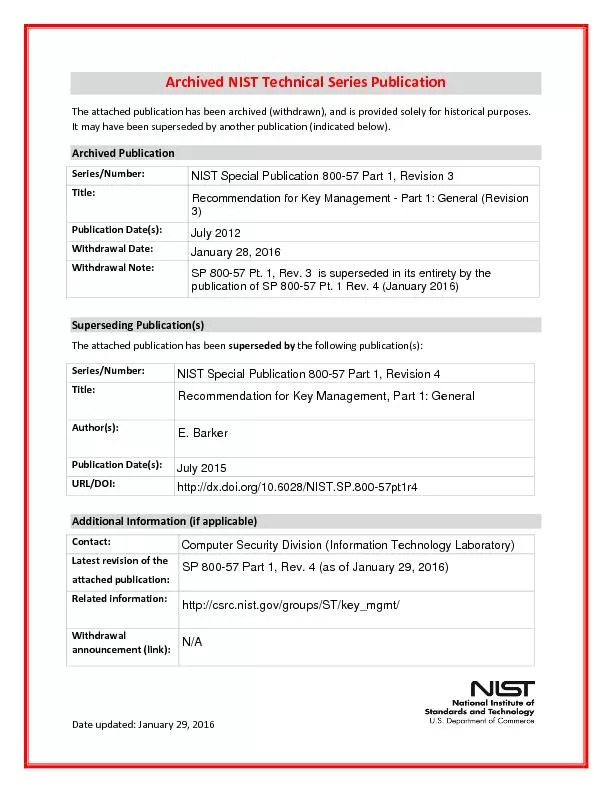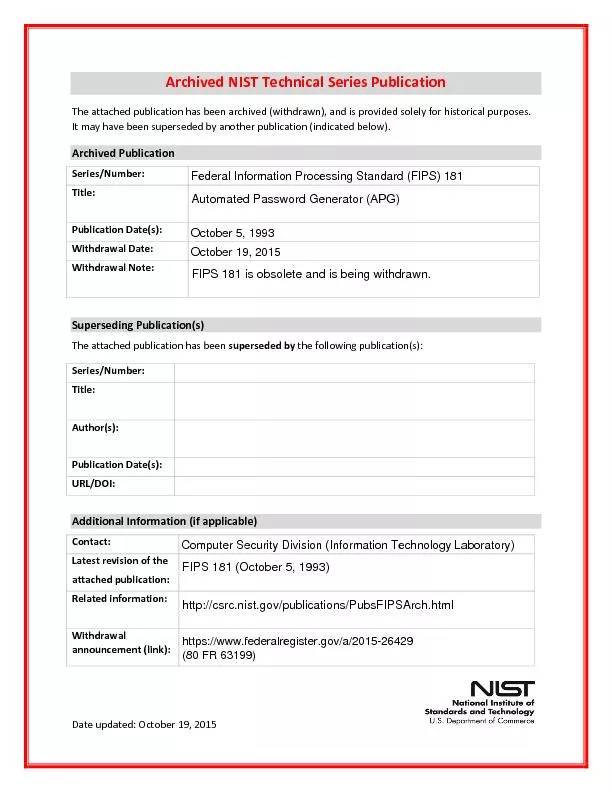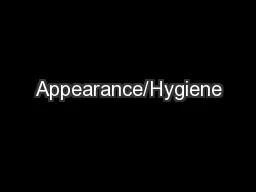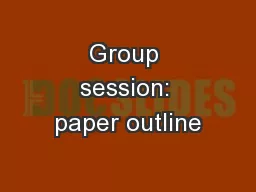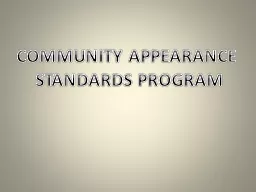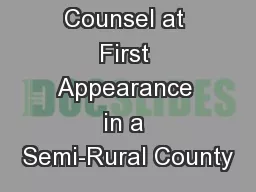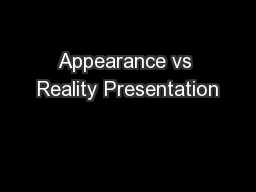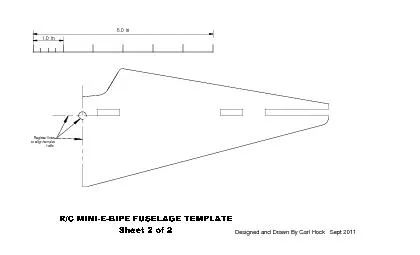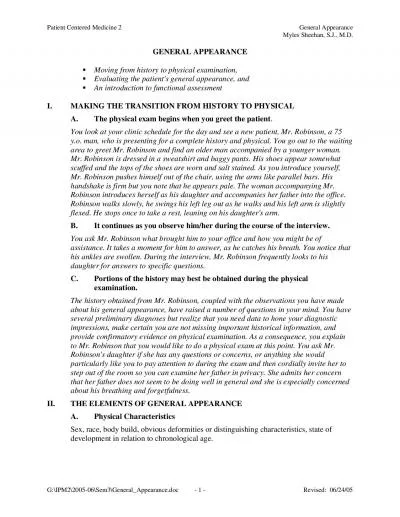PDF-This publication is designed to provide an overview of the appearance
Author : roy | Published Date : 2021-10-03
122333456677889910101012121213131315232937Smith v Skagit Co 75 Wn2d 715 740 453 P2d 832 1969Buell v Bremerton 80 Wn2d 518 523 495 P2d 1358 1972The appearance of
Presentation Embed Code
Download Presentation
Download Presentation The PPT/PDF document "This publication is designed to provide ..." is the property of its rightful owner. Permission is granted to download and print the materials on this website for personal, non-commercial use only, and to display it on your personal computer provided you do not modify the materials and that you retain all copyright notices contained in the materials. By downloading content from our website, you accept the terms of this agreement.
This publication is designed to provide an overview of the appearance: Transcript
Download Rules Of Document
"This publication is designed to provide an overview of the appearance"The content belongs to its owner. You may download and print it for personal use, without modification, and keep all copyright notices. By downloading, you agree to these terms.
Related Documents

